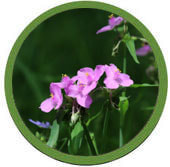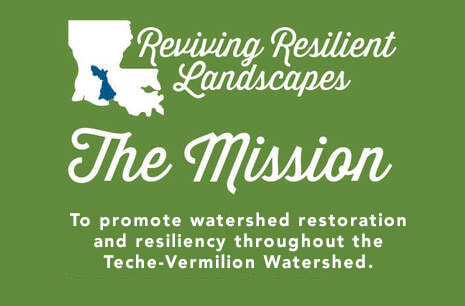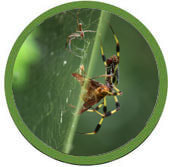This site is part of the Freetown-Port Rico neighborhood revitalization program. Lafayette Consolidated Government worked with our partners in preservation and the neighborhood coterie to approve a design that would provide stormwater management, wildlife value, shade, and beauty to the newly built park. On December 7, 2019, Trees Acadiana, Boy Scouts of America and other members of our watershed community participated in a workshop about resilient landscapes, native plants, and watershed management. Workshop participants gathered to plant and mulch trees in the park and along the railroad. The planting plan included three native tree species: Sweet bay magnolia (Magnolia virginiana), tulip poplar (Liriodendron tulipifera) and Swamp Red Maple (Acer rubrum drummondii). Landscaped and planted with resiliency in mind, the trees that stand before you today will contribute to a healthy watershed for years to come.
THE BIRDS & THE BEES
FOOD SOURCE FOR WILDLIFE
Native trees and wildlife co-evolved and therefore are dependent on one another. By planting native trees and plants in urban areas, we provide sources of pollen, nectar, and seeds for wildlife. Root systems are also an important habitat for insects and animals that aerate and enrich soil with organic matter. Micro-organisms feed on organic matter and produce a glue-like substance that helps the soil stay in place, preventing pollution in our waterways. If we support our natural food web with native plants and trees, we will have a more resilient watershed.









